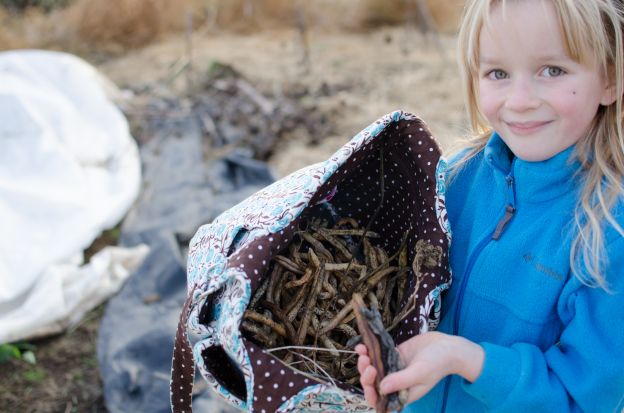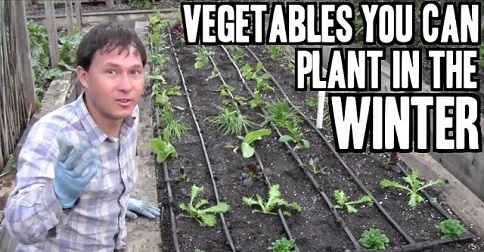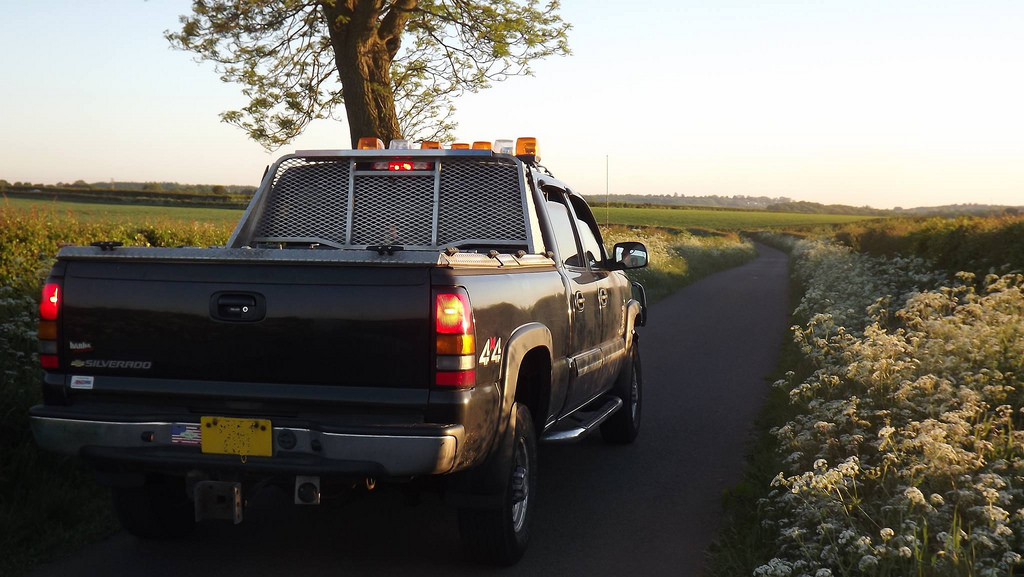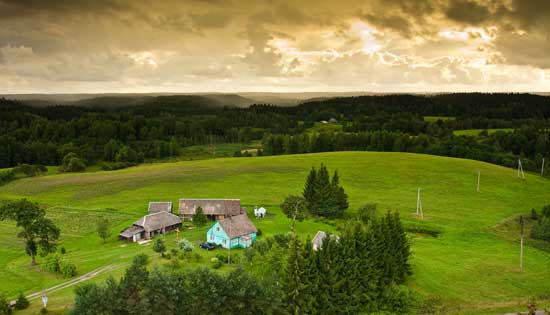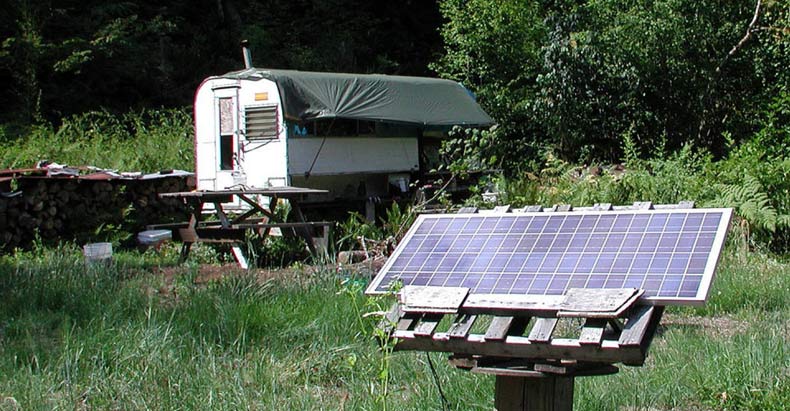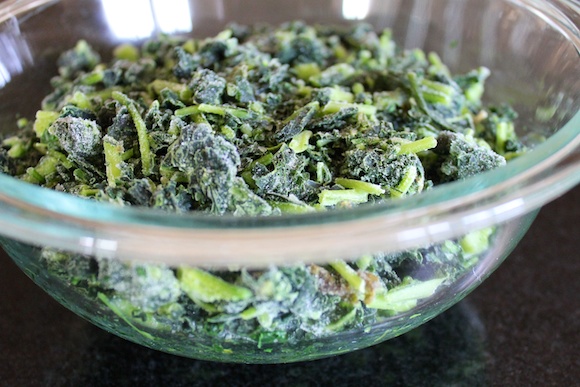Homeschool on the Homestead
If you’re an avid homesteader, you already know the value of a self-sustaining lifestyle. However, you may be one of thousands of families who just isn’t sure if you’re up to the task of in-sourcing your children’s education in addition to everything else you do in your homestead. Let me challenge you on that. If … Read more

